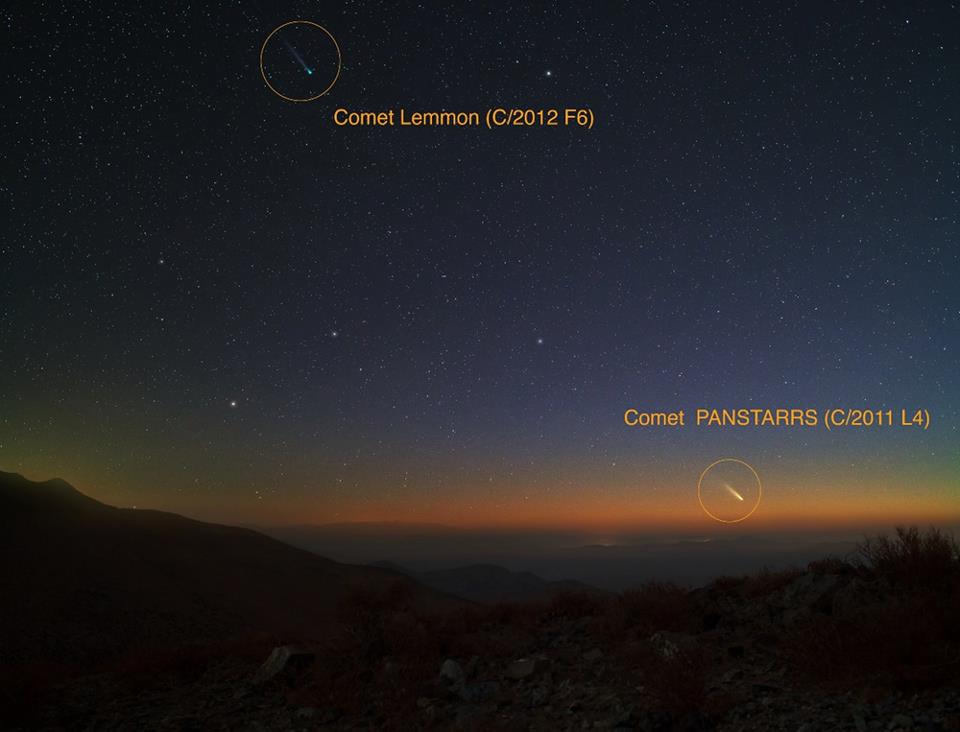Tourists to Get Airplane View of Bright Comet Pan-STARRS

The brightening Comet Pan-STARRS is on track to put on a dazzling show for Earth-based skywatchers this month, and a German travel agency is offering some folks a chance to watch it from above the clouds.
Eclipse Travel in Bonn partnered with charter agency Air Partner and airline Air Berlin to organize the March 16 flight of AB1000, which promises to give a few dozen comet enthusiasts an up-close look at the rare event, according to Reuters.
With an astronomy expert on board, the flight will reportedly take a zigzagging path at an altitude of about 36,089 feet (11,000 meters) with just 88 passengers, ensuring everyone on the Boeing 737-700 a window seat.
Comet Pan-STARRS has been exclusively visible in the Southern Hemisphere since its discovery, and observers there have been watching it grow brighter against the sky at twilight in recent days.
The comet is expected to become visible in the Northern Hemisphere on Thursday (March 7), weather permitting, when it will rise very low near the west-southwest horizon about 30 minutes after sunset.
Known officially as comet C/2011 L4 (PANSTARRS), the comet was discovered in June 2011 by the Panoramic Survey Telescope & Rapid Response System, or Pan-STARRS, in Hawaii, which scans the sky for potentially dangerous asteroids and comets that could pose an impact threat to Earth.
The icy wanderer made its closest approach to Earth today (March 5), coming about 100 million miles (160 million kilometers) away. On Sunday (March 10), the comet will make its closest approach to the sun.
Breaking space news, the latest updates on rocket launches, skywatching events and more!
Astronomers are also monitoring another approaching comet that could shine as bright as the moon and may even be visible in broad daylight later this year, if it lives up to its promise. Comet ISON is expected to peak in late November.
Editor's note: If you snap an amazing photo of Comet Pan-STARRS in the night sky, or any other celestial object, and you'd like to share for a possible story or image gallery, please send images and comments, including location information, to managing editor Tariq Malik at spacephotos@space.com.
Follow us @Spacedotcom, Facebook or Google+.

Space.com is the premier source of space exploration, innovation and astronomy news, chronicling (and celebrating) humanity's ongoing expansion across the final frontier. Originally founded in 1999, Space.com is, and always has been, the passion of writers and editors who are space fans and also trained journalists. Our current news team consists of Editor-in-Chief Tariq Malik; Editor Hanneke Weitering, Senior Space Writer Mike Wall; Senior Writer Meghan Bartels; Senior Writer Chelsea Gohd, Senior Writer Tereza Pultarova and Staff Writer Alexander Cox, focusing on e-commerce. Senior Producer Steve Spaleta oversees our space videos, with Diana Whitcroft as our Social Media Editor.
